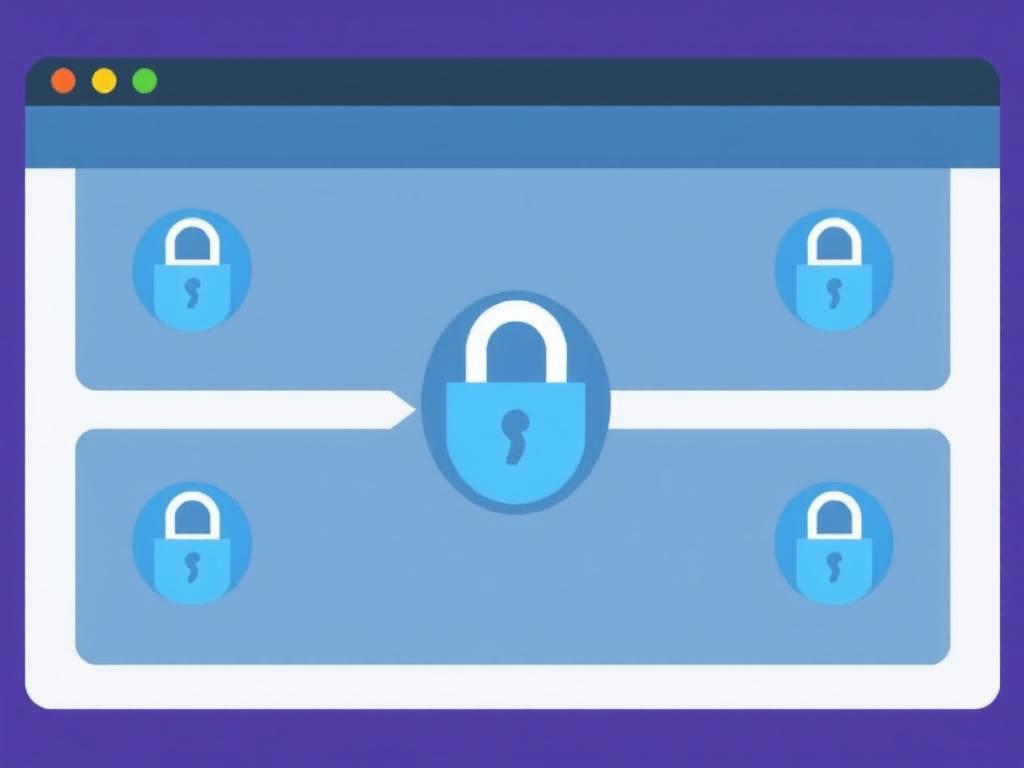In today’s interconnected world, the importance of securing your organization’s data and communications has never been greater. A Virtual Private Network (VPN) is a powerful tool that can help you achieve this goal by providing a secure and encrypted connection over the internet. Setting up a VPN server for your organization not only enhances security but also allows employees to access company resources remotely, seamlessly, and safely. In this comprehensive guide, we’ll walk you through the necessary steps to set up a VPN server for your organization, ensuring a robust and secure network environment.
Understanding VPNs: A Brief Overview
Before diving into the technical setup, it’s crucial to understand what a VPN is and why it’s indispensable for modern organizations. At its core, a VPN is a technology that creates a secure connection over a less secure network, such as the internet. VPNs are often used to protect private web traffic from snooping, interference, and censorship. For organizations, VPNs can encrypt data, ensuring that sensitive information remains confidential, whether accessed from within the office or from a remote location.
VPNs are particularly beneficial for organizations with remote workforces. They enable employees to securely access the organization’s internal network from anywhere in the world, as though they were physically present in the office. This increases flexibility while maintaining security and ensuring compliance with data protection regulations.
Assessing Your Organizational Needs
The first step in setting up a VPN server is to assess your organization’s specific needs. This involves understanding how many users will require VPN access, what types of resources they will need to access, and the level of security required. It’s essential to evaluate these factors to determine the potential load on the VPN server and to decide the best approach to take in terms of infrastructure and software.
Consider the following questions:
- How many simultaneous connections will the VPN need to support?
- What types of devices will your employees use to connect to the VPN?
- Which operating systems do these devices run on?
- What level of encryption is necessary for your organization’s data?
- Are there specific compliance or regulatory requirements that your VPN must meet?
Answering these questions will help you determine the requisite capacity and features for your VPN server.
Selecting the Right VPN Protocol
The choice of VPN protocol significantly affects the security, speed, and reliability of your VPN server. There are several protocols available, each with its own strengths and weaknesses. Here, we’ll discuss some of the most popular VPN protocols:
1. OpenVPN
OpenVPN is a widely-used open-source protocol known for its robust security and configurability. It is highly flexible and supports a variety of encryption algorithms, making it suitable for organizations with strict security requirements. OpenVPN can run over any port, providing protection against firewalls and network traffic filtering.
2. L2TP/IPsec
Layer 2 Tunneling Protocol (L2TP) combined with IPsec for encryption is another popular choice for VPNs. L2TP/IPsec is supported by most modern devices and operating systems. While it provides good security, its performance may be slightly slower due to the double encapsulation process.
3. IKEv2/IPsec
Internet Key Exchange version 2 (IKEv2) combined with IPsec is known for its stability and speed. It is particularly useful for mobile devices due to its ability to rapidly reconnect after a temporary loss of internet connection. IKEv2/IPsec is often considered a reliable option for mobile VPN connections.
4. PPTP
The Point-to-Point Tunneling Protocol (PPTP) is one of the oldest VPN protocols and generally not recommended due to its security vulnerabilities. While it offers fast connections and is easy to set up, it lacks the robust security features required by most organizations today.
Ultimately, the choice of protocol should balance your organization’s security needs, device compatibility, and desired connection speed.
Choosing the VPN Server Software
Once you have settled on a protocol, the next step is to choose the VPN server software. This software is responsible for managing VPN connections and enforcing security policies. Here are some popular VPN server software options:
OpenVPN
OpenVPN is praised for its security and flexibility. It is highly customizable and can run on various operating systems, including Windows, Linux, and macOS. OpenVPN is suitable for most organizational needs and supports SSL/TLS for key exchange, ensuring secure connections.
SoftEther VPN
SoftEther VPN is another open-source option that supports multiple VPN protocols, including OpenVPN, L2TP/IPsec, and SSTP. It is known for its speed and cross-platform compatibility. SoftEther VPN is versatile, making it an excellent choice for organizations seeking a diverse range of VPN solutions.
WireGuard
WireGuard is a newer VPN technology designed to be simpler and faster than existing options. It is lightweight and uses state-of-the-art cryptography, ensuring high security and performance. Although it is gaining popularity, WireGuard is not as widely supported as some of the more established protocols.
Pritunl
Pritunl is an open-source VPN server solution that offers a user-friendly interface and easy management of VPN connections. It is built on OpenVPN, making it highly secure and reliable. Pritunl is designed to simplify VPN deployment and management for organizations.
When choosing VPN server software, consider factors such as ease of use, security features, and compatibility with your chosen protocol.
Setting Up Your VPN Server
With your VPN protocol and server software selected, it’s time to proceed with the setup. The exact steps will vary depending on your chosen software and operating system, but generally, the process involves the following:
1. Installing the VPN Server Software
Begin by downloading and installing the VPN server software on a secure server. This server should be part of your organization’s network but placed in a position where it can handle external internet traffic securely. Follow the software’s documentation for the installation process, as each software has its own requirements and steps.
2. Configuring Server Settings
Once the software is installed, configure your server settings. This typically includes setting up the network interface, defining the VPN protocol to use, and configuring firewall rules to allow VPN traffic. Ensure that your server is set up for port forwarding if you are using protocols such as OpenVPN, which may require it.
3. Securing Your VPN Server
Security is paramount when setting up a VPN server. Ensure that your server has a strong set of security policies, including strong password requirements, user authentication mechanisms, and, if possible, multi-factor authentication. Regularly update the server software and operating system to protect against vulnerabilities.
4. Creating User Accounts and Configurations
Create user accounts for each individual who will access the VPN. Assign appropriate permissions and create configuration files for each user to facilitate seamless connection to the VPN. Most VPN server software provides tools for easily generating these configurations.
5. Testing the VPN Connection
Before rolling out the VPN service to all users, test the connection to ensure everything is functioning correctly. Check for issues in connectivity, user authentication, and data encryption. Conduct thorough testing from various devices to confirm that users can connect without issues.
Deploying the VPN to Your Organization
With your VPN server set up and tested, it’s time to deploy it across your organization. Communicate with your employees and provide clear instructions on how to connect to the VPN. This may involve distributing configuration files, specifying connection settings, and setting expectations for how and when the VPN should be used.
Consider holding a training session or providing a guide on the importance of VPNs and secure browsing practices. Familiarize your staff with common troubleshooting steps and encourage them to report any issues immediately.
Monitoring and Maintaining Your VPN Server
Deploying a VPN server is not a one-time task; it requires ongoing monitoring and maintenance. It’s essential to regularly check for updates to your VPN server software and operating system and apply them promptly to protect against vulnerabilities. Monitor server performance, connection logs, and system health to identify any potential issues before they escalate.
Establish a routine for reviewing user access, removing unused accounts, and adjusting permissions as necessary. Conduct periodic security audits to ensure compliance with organizational policies and regulatory requirements. Staying proactive with maintenance and oversight will ensure your VPN remains a reliable and secure asset for your organization.
Conclusion
Setting up a VPN server for your organization is a crucial step toward securing your digital communication and resources, especially in an age where remote work is increasingly prevalent. By carefully assessing your needs, selecting the appropriate protocol and software, and diligently setting up and maintaining your VPN server, you can provide your employees with a secure and efficient way to access company resources from anywhere. With the right strategy and tools in place, your organization can confidently embrace the flexibility and security that a VPN offers.









